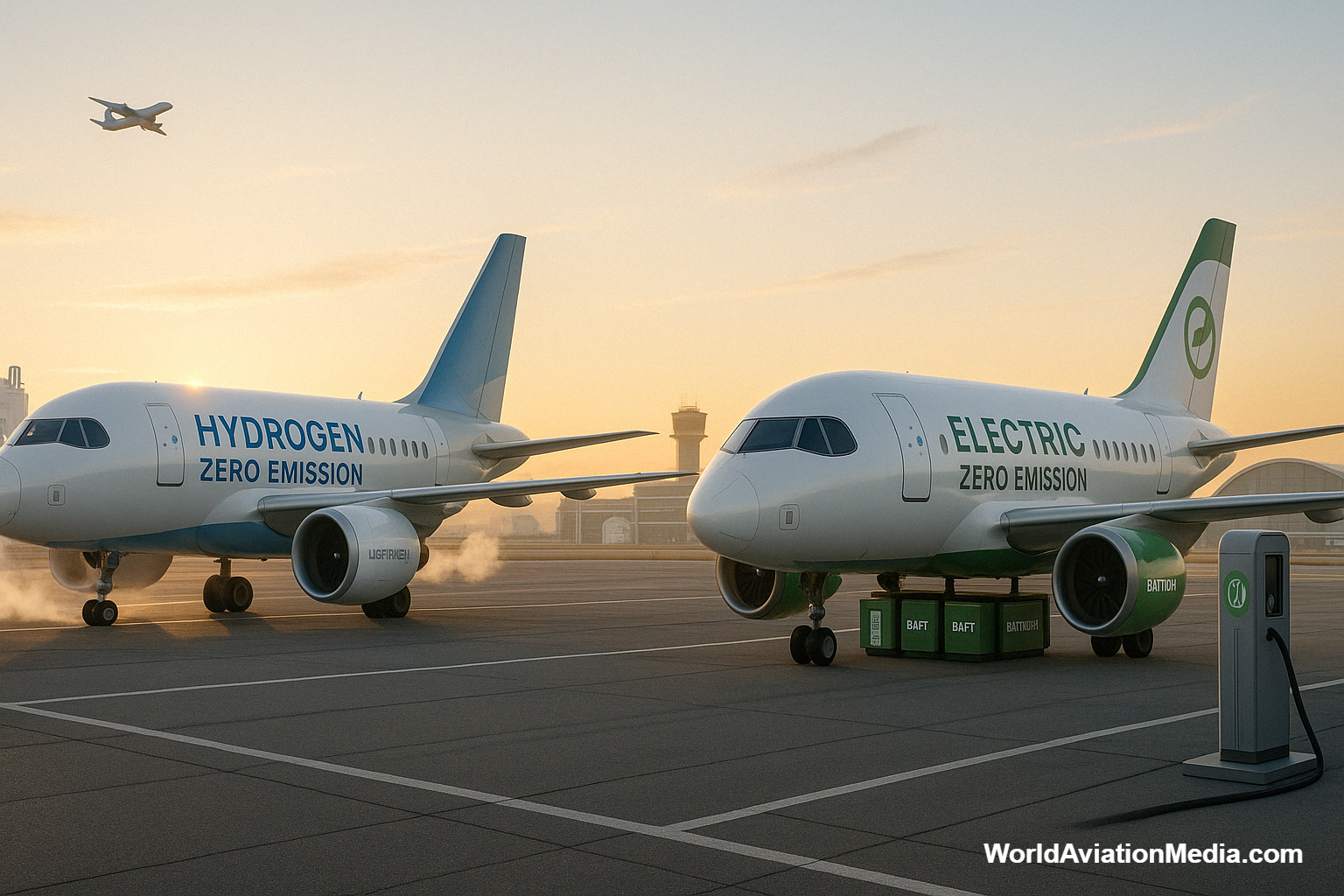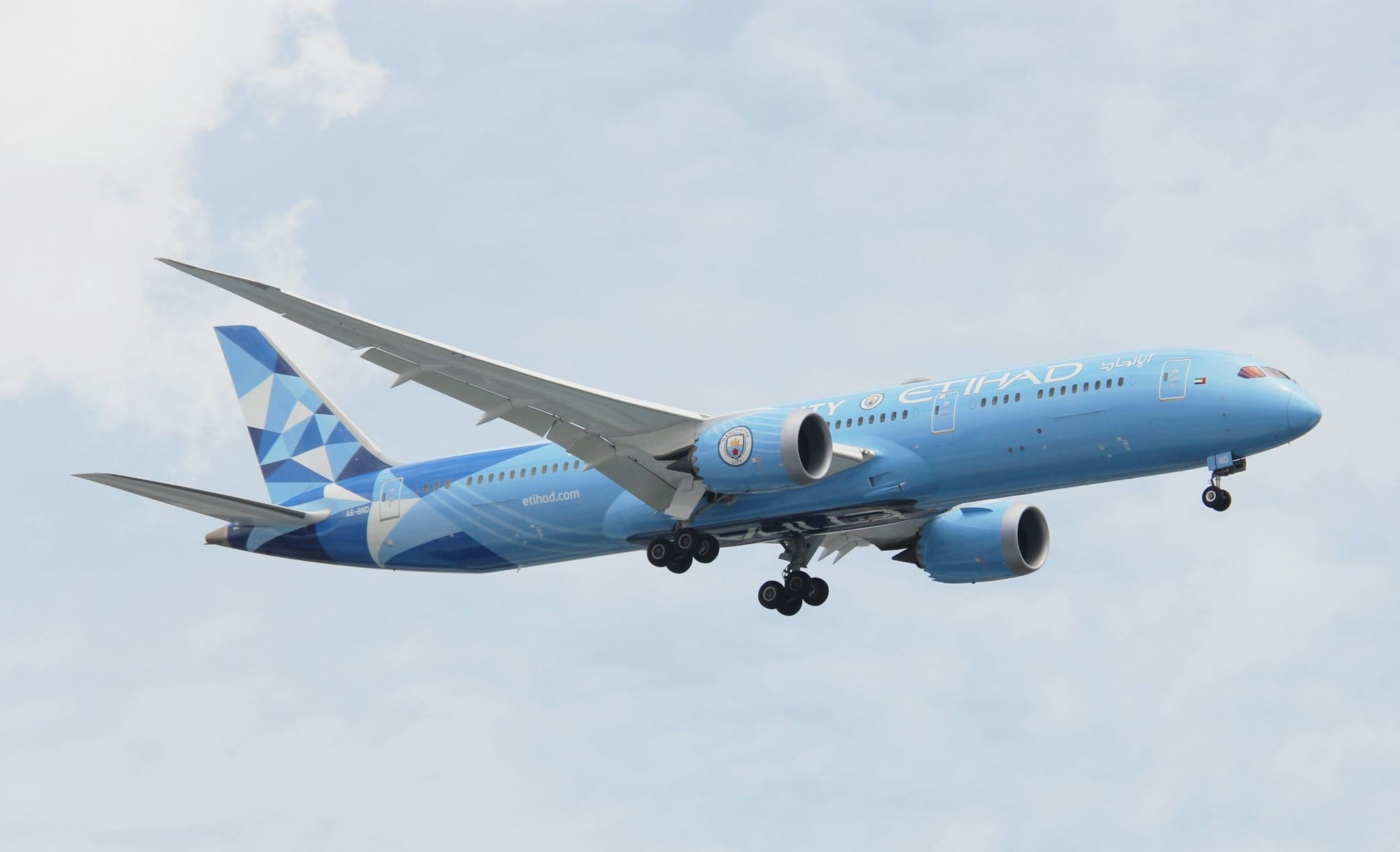Understanding CORSIA and Its Impact on the Airline Industry
The Carbon Offsetting and Reduction Scheme for International Aviation (CORSIA) is a global initiative spearheaded by the International Civil Aviation Organization (ICAO). Its primary goal is to address the growing concerns over aviation's carbon footprint...

Understanding CORSIA and Its Impact on the Airline Industry
Key Takeaways:
- CORSIA aims to mitigate the environmental impact of aviation by offsetting carbon emissions.
- The initiative has significant implications for airline operations, financial planning, and regulatory compliance.
- Airlines must adopt strategic measures to align with CORSIA's requirements and ensure sustainable growth.

Introduction to CORSIA
The Carbon Offsetting and Reduction Scheme for International Aviation (CORSIA) is a global initiative spearheaded by the International Civil Aviation Organization (ICAO). Its primary goal is to address the growing concerns over aviation's carbon footprint by implementing a market-based measure to offset carbon emissions. This initiative is a critical step towards achieving the aviation industry's commitment to carbon-neutral growth from 2020 onwards.
CORSIA's framework mandates that airlines monitor, report, and verify their CO2 emissions on international routes. By purchasing carbon credits, airlines can offset their emissions, thereby contributing to environmental sustainability. This system not only encourages airlines to adopt greener practices but also fosters innovation in carbon reduction technologies.
The Genesis of CORSIA
The aviation industry has long been under scrutiny for its environmental impact. In response to the Paris Agreement's call for global climate action, ICAO introduced CORSIA in 2016. The scheme was designed to complement existing measures such as technological advancements, operational improvements, and the use of sustainable aviation fuels.
CORSIA's phased implementation began with a pilot phase from 2021 to 2023, followed by a first phase from 2024 to 2026, and a second phase from 2027 onwards. This gradual approach allows airlines to adapt to the new requirements while minimizing disruptions to their operations. The ultimate aim is to achieve carbon-neutral growth and contribute to the broader goal of limiting global temperature rise.
How CORSIA Works
CORSIA operates on a three-step process: monitoring, reporting, and verification (MRV). Airlines are required to monitor their CO2 emissions on international flights, report the data to their respective authorities, and undergo independent verification to ensure accuracy. This MRV process is crucial for maintaining transparency and accountability within the scheme.
Once emissions are verified, airlines must purchase carbon credits to offset any emissions that exceed their baseline levels. These credits are sourced from approved carbon offset programs that support projects aimed at reducing greenhouse gas emissions. By investing in these projects, airlines can neutralize their carbon footprint and contribute to global sustainability efforts.
Financial Implications for Airlines
Implementing CORSIA comes with significant financial considerations for airlines. The cost of purchasing carbon credits can vary widely, depending on market conditions and the availability of credits. Airlines must factor these costs into their financial planning to ensure compliance without compromising profitability.
Moreover, airlines may need to invest in new technologies and operational improvements to reduce their emissions and minimize their reliance on carbon credits. This could include upgrading aircraft fleets, optimizing flight routes, and adopting sustainable aviation fuels. While these investments can be substantial, they are essential for long-term sustainability and competitiveness in the industry.
Regulatory Compliance and Challenges
Compliance with CORSIA's requirements is mandatory for airlines operating international flights. Failure to comply can result in penalties and reputational damage. Airlines must stay abreast of the latest regulations and ensure that their MRV processes are robust and accurate.
One of the key challenges in complying with CORSIA is the complexity of the MRV process. Airlines must accurately measure their emissions, which can be influenced by various factors such as flight distance, aircraft type, and fuel consumption. Ensuring the accuracy of this data requires sophisticated monitoring systems and rigorous verification procedures.
Environmental Benefits of CORSIA
CORSIA's primary objective is to mitigate the environmental impact of aviation by offsetting carbon emissions. By investing in carbon offset projects, airlines can support initiatives that reduce greenhouse gas emissions, such as reforestation, renewable energy, and energy efficiency projects.
These projects not only help to neutralize aviation's carbon footprint but also contribute to broader environmental and social benefits. For example, reforestation projects can enhance biodiversity, improve water quality, and support local communities. Similarly, renewable energy projects can reduce reliance on fossil fuels and promote sustainable development.
Technological Innovations and CORSIA
The implementation of CORSIA has spurred technological innovations within the aviation industry. Airlines are increasingly investing in advanced technologies to reduce their emissions and improve fuel efficiency. This includes the development of next-generation aircraft, the use of sustainable aviation fuels, and the adoption of innovative operational practices.
For instance, airlines are exploring the use of electric and hybrid-electric aircraft, which have the potential to significantly reduce emissions. Additionally, advancements in biofuels and synthetic fuels are providing viable alternatives to traditional jet fuel. These innovations are crucial for achieving the industry's long-term sustainability goals and reducing its environmental impact.
The Role of Sustainable Aviation Fuels
Sustainable aviation fuels (SAFs) play a critical role in reducing aviation's carbon footprint. SAFs are produced from renewable resources such as biomass, waste materials, and algae. They offer a lower carbon intensity compared to conventional jet fuel, making them a key component of airlines' emission reduction strategies.
The adoption of SAFs is supported by various initiatives and partnerships within the industry. For example, several airlines have committed to using SAFs in their operations and are collaborating with fuel producers to scale up production. While the cost of SAFs is currently higher than traditional jet fuel, ongoing research and development efforts are expected to drive down costs and increase availability.

Advertising
Industry Collaboration and Partnerships
Collaboration and partnerships are essential for the successful implementation of CORSIA. Airlines, governments, and industry stakeholders must work together to develop and promote best practices, share knowledge, and support the adoption of sustainable technologies.
Industry associations such as the International Air Transport Association (IATA) and the Air Transport Action Group (ATAG) play a pivotal role in facilitating collaboration and advocating for policies that support CORSIA's objectives. By working together, stakeholders can address common challenges, leverage synergies, and accelerate progress towards a more sustainable aviation industry.
Future Outlook and Challenges
The future of CORSIA and its impact on the airline industry will depend on various factors, including regulatory developments, technological advancements, and market dynamics. As the scheme evolves, airlines must remain agile and proactive in adapting to new requirements and opportunities.
One of the key challenges facing CORSIA is the need for a robust and transparent carbon market. Ensuring the integrity of carbon credits and preventing double-counting are critical for maintaining the scheme's credibility. Additionally, the aviation industry must continue to invest in research and development to drive innovation and reduce emissions.
Summary
CORSIA represents a significant step towards addressing the environmental impact of aviation. By implementing a market-based measure to offset carbon emissions, the scheme encourages airlines to adopt sustainable practices and invest in innovative technologies. While the financial and regulatory challenges are considerable, the potential benefits for the environment and the industry are substantial. Through collaboration and continued investment in sustainability, the aviation industry can achieve its long-term goals of carbon-neutral growth and contribute to global climate action.
FAQ
What is CORSIA?
CORSIA, or the Carbon Offsetting and Reduction Scheme for International Aviation, is a global initiative by the International Civil Aviation Organization (ICAO) aimed at reducing the carbon footprint of the aviation industry. It requires airlines to monitor, report, and verify their CO2 emissions and purchase carbon credits to offset any emissions that exceed their baseline levels.
How does CORSIA impact airlines financially?
CORSIA has significant financial implications for airlines, as they must purchase carbon credits to offset their emissions. The cost of these credits can vary, and airlines must factor these expenses into their financial planning. Additionally, airlines may need to invest in new technologies and operational improvements to reduce their emissions and minimize their reliance on carbon credits.
What are sustainable aviation fuels (SAFs)?
Sustainable aviation fuels (SAFs) are produced from renewable resources such as biomass, waste materials, and algae. They offer a lower carbon intensity compared to conventional jet fuel and are a key component of airlines' emission reduction strategies. The adoption of SAFs is supported by various industry initiatives and partnerships aimed at scaling up production and reducing costs.







